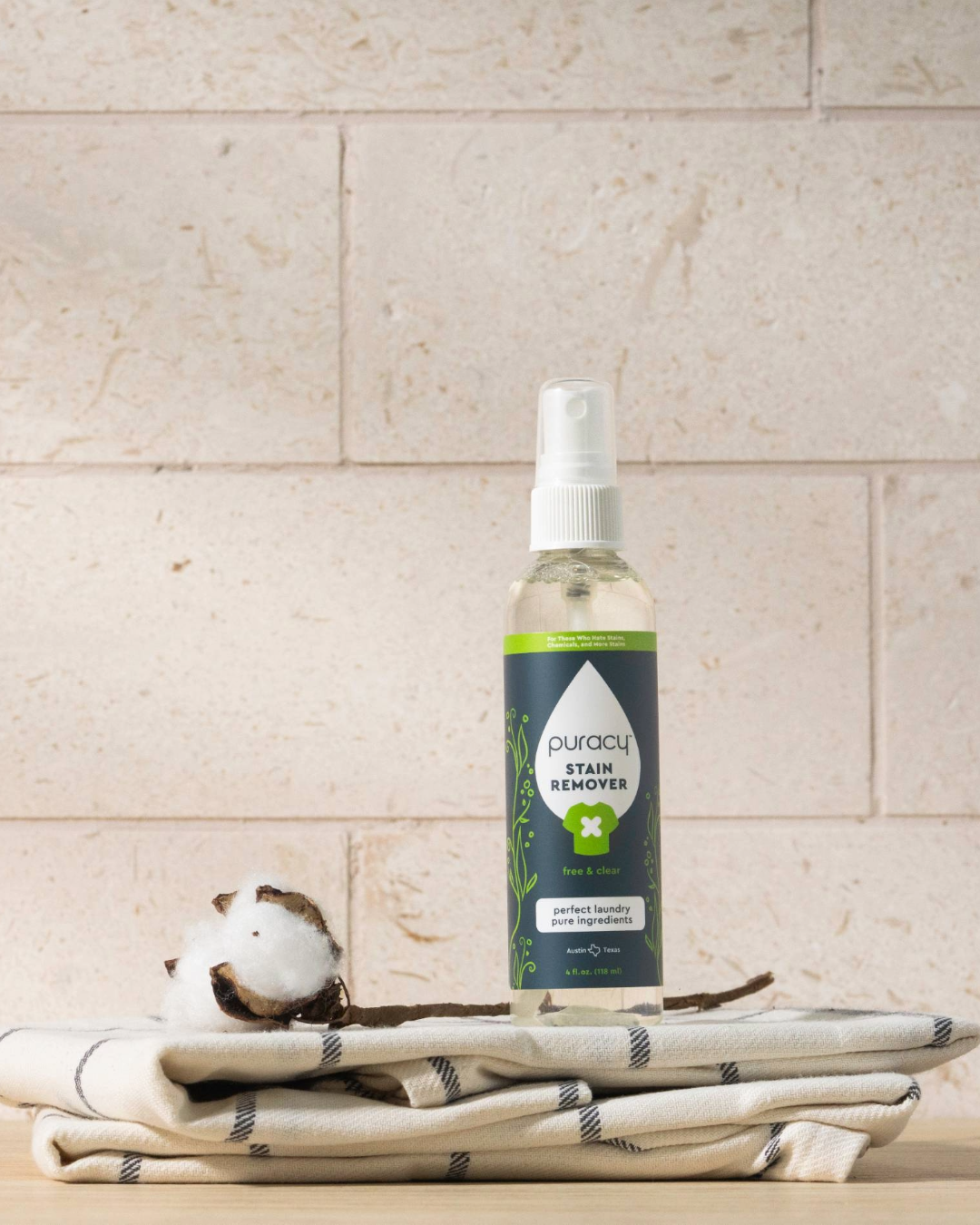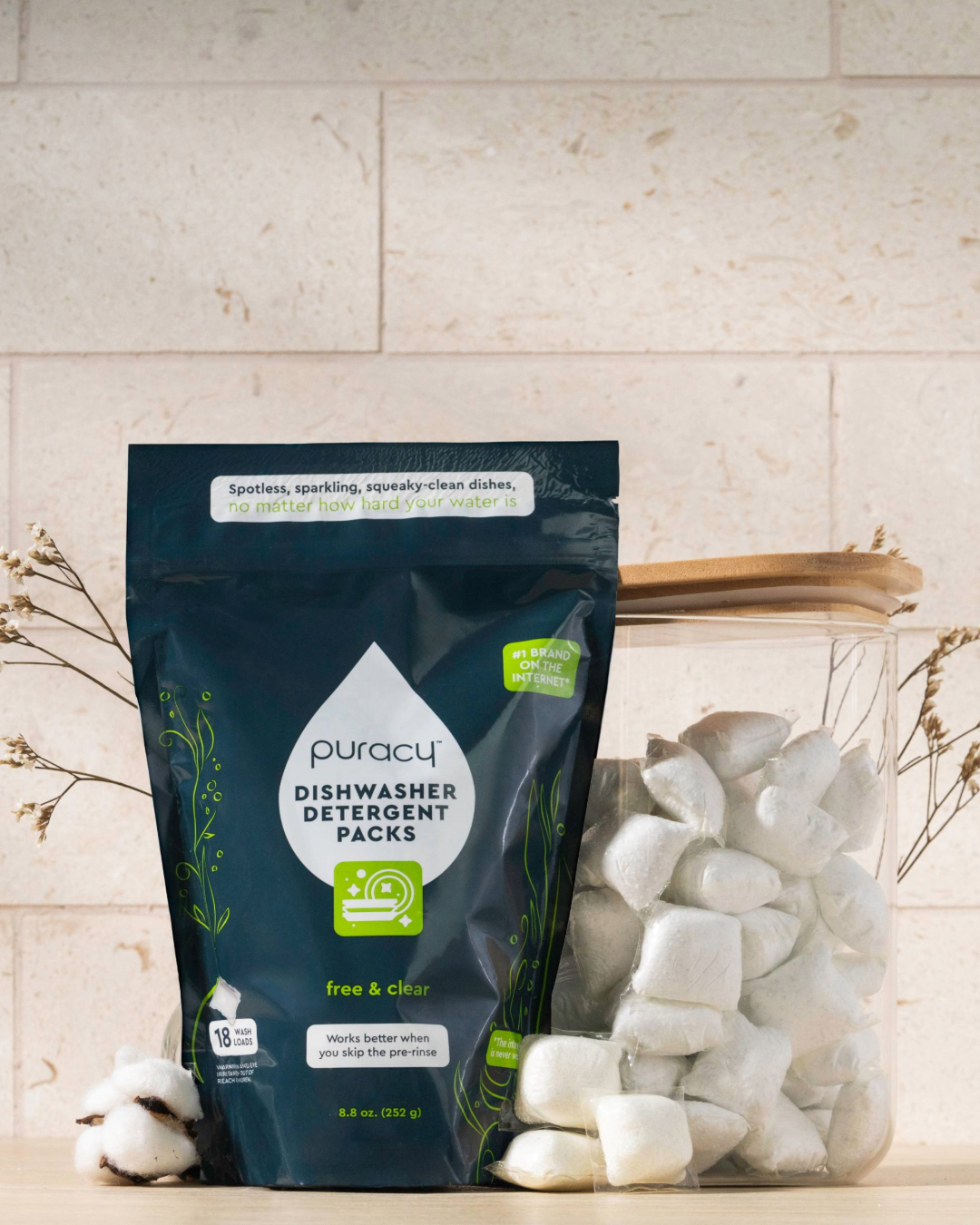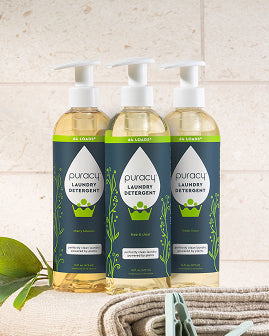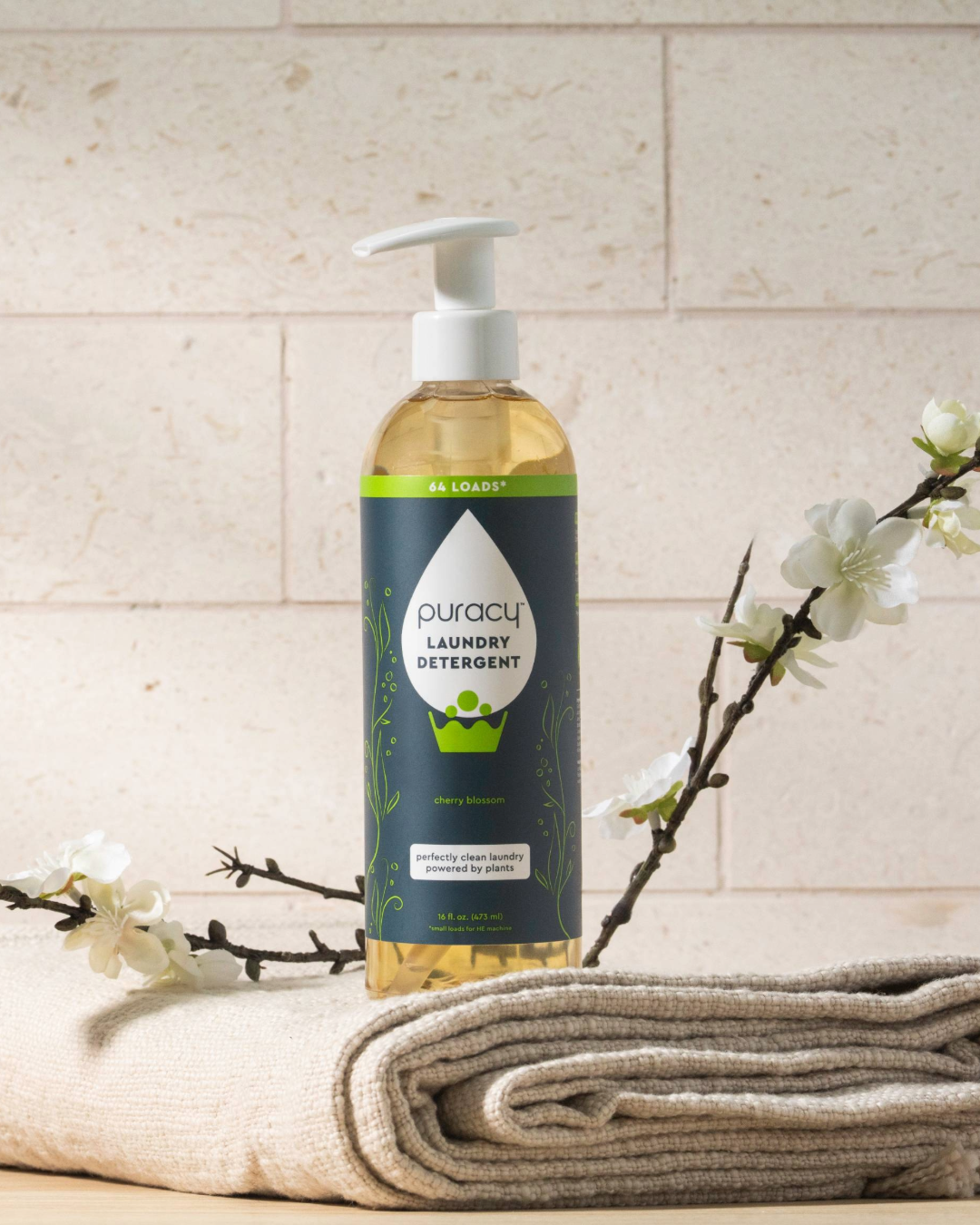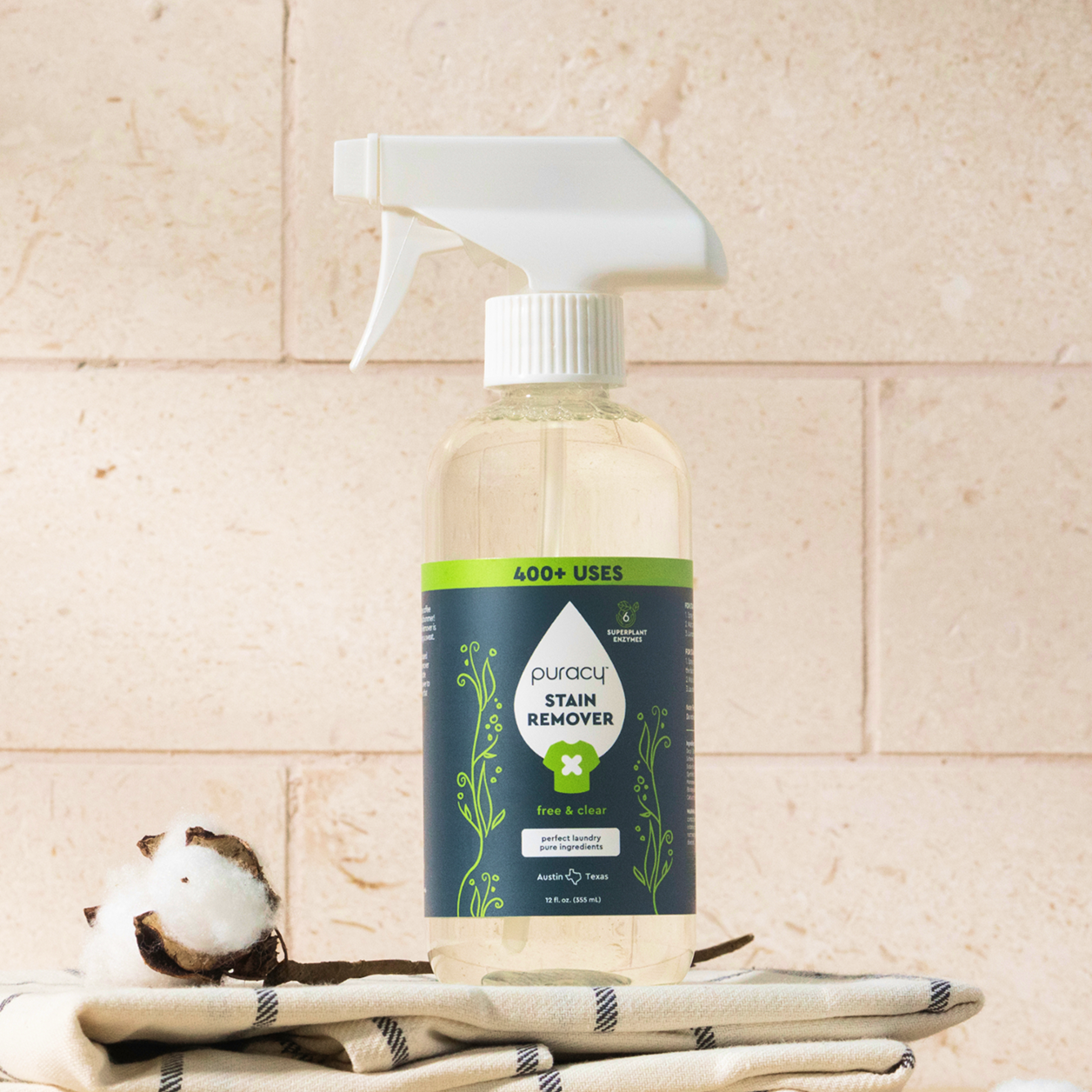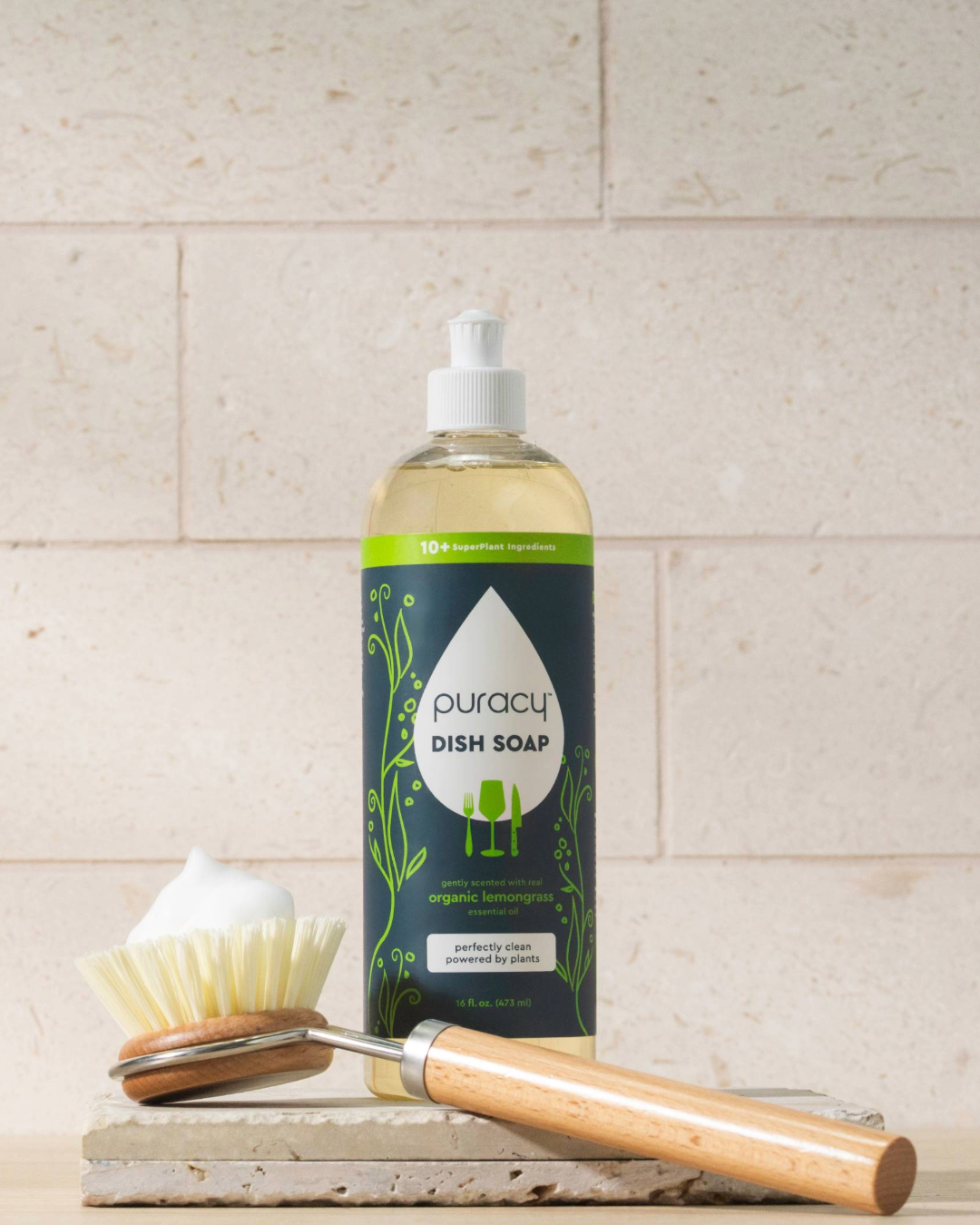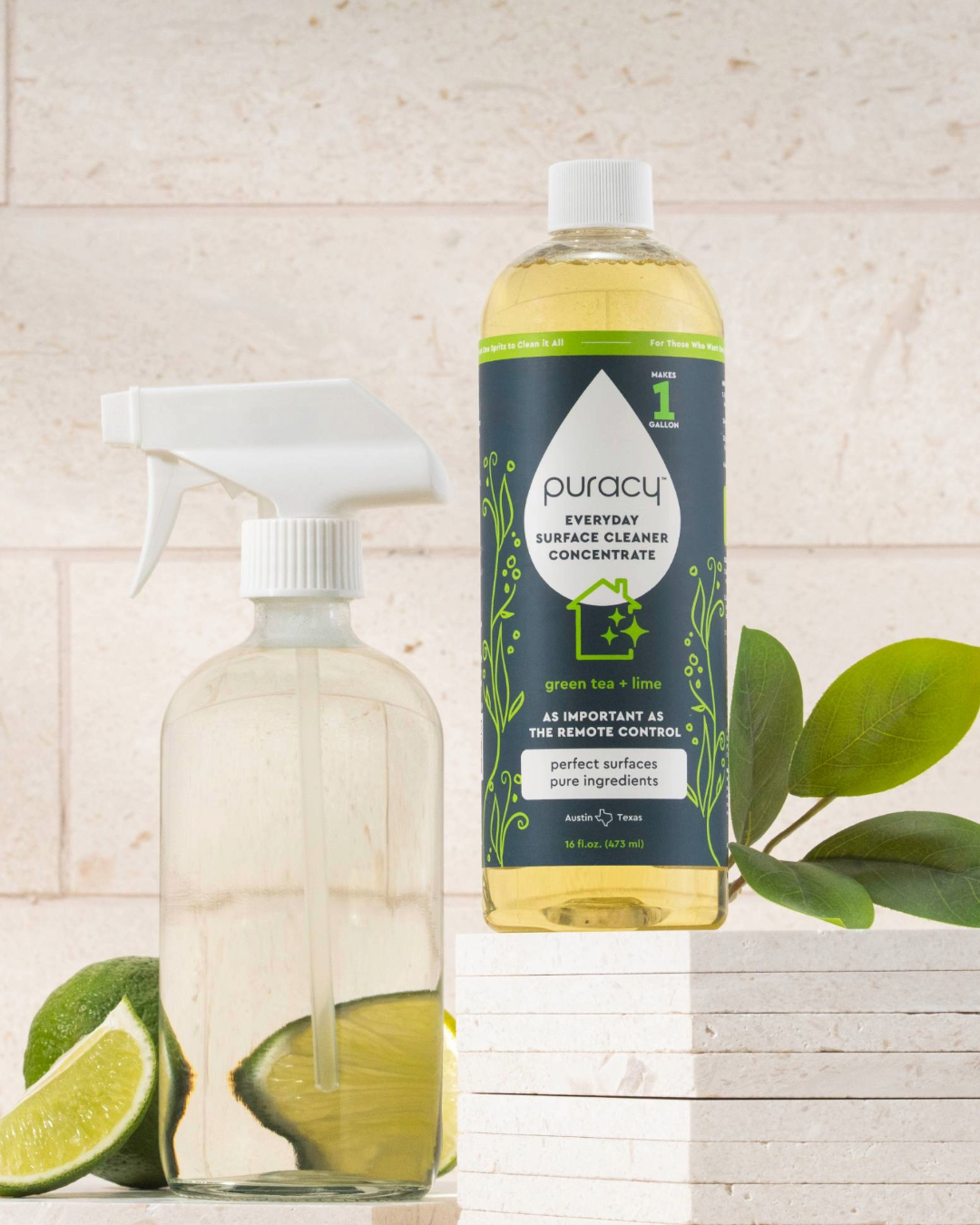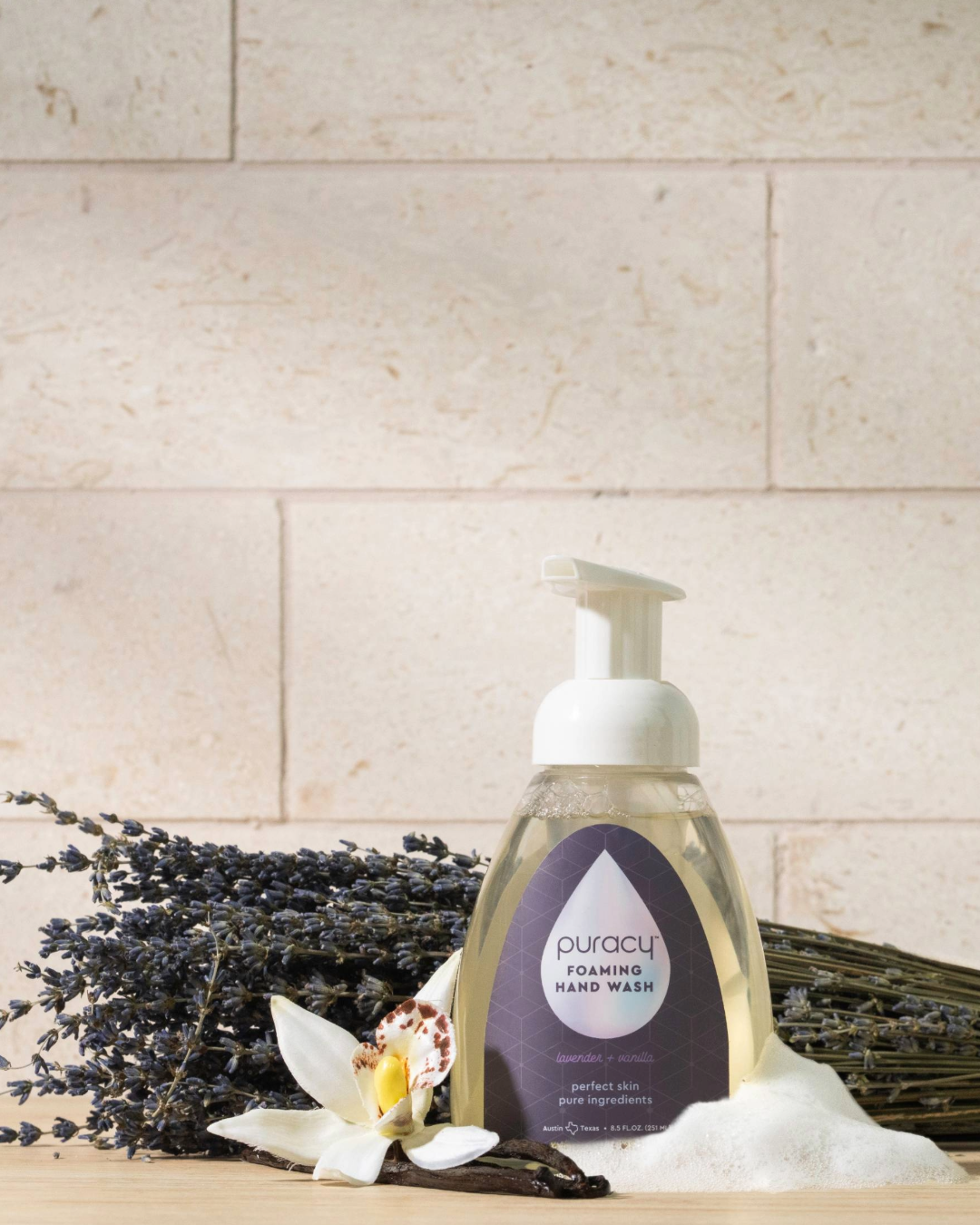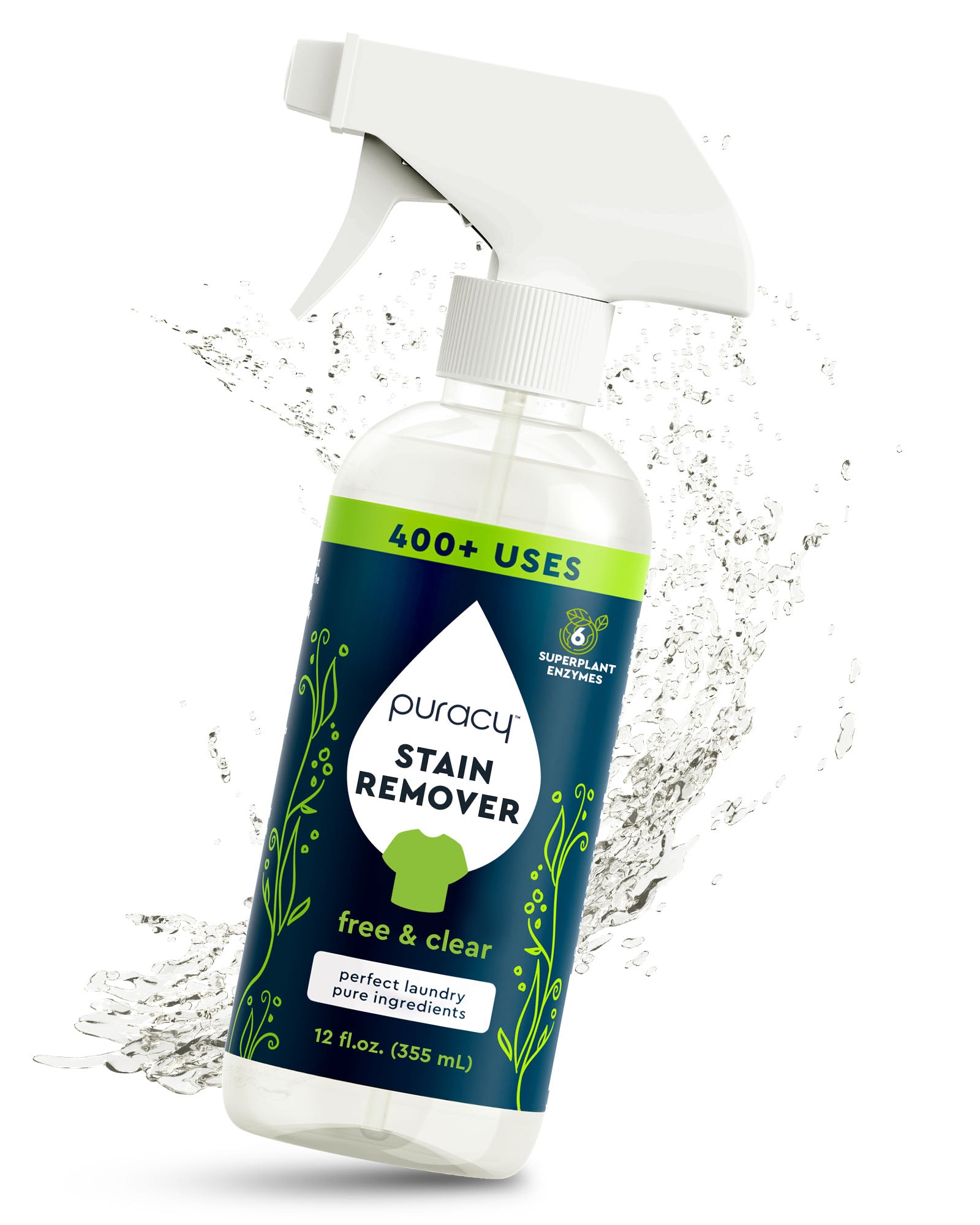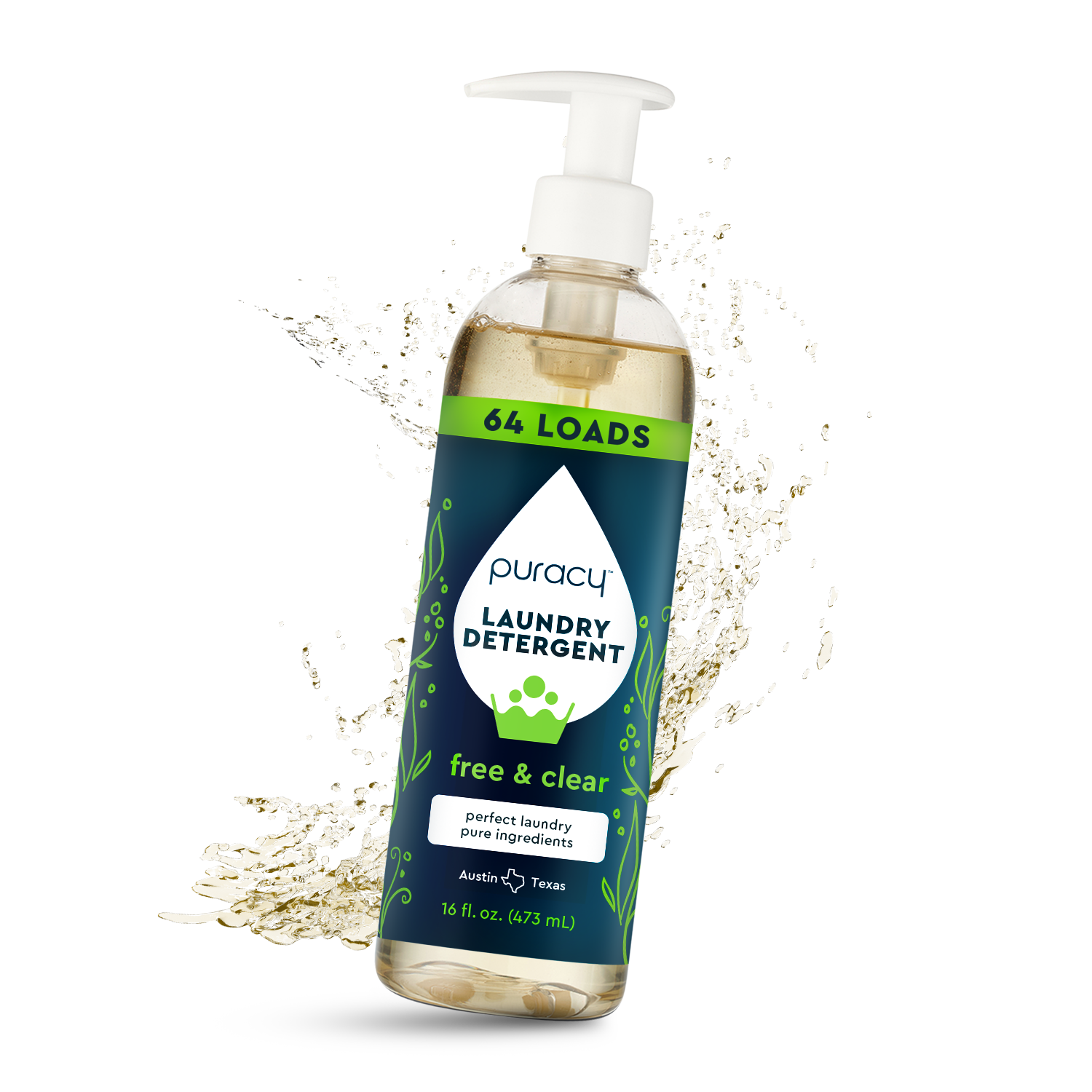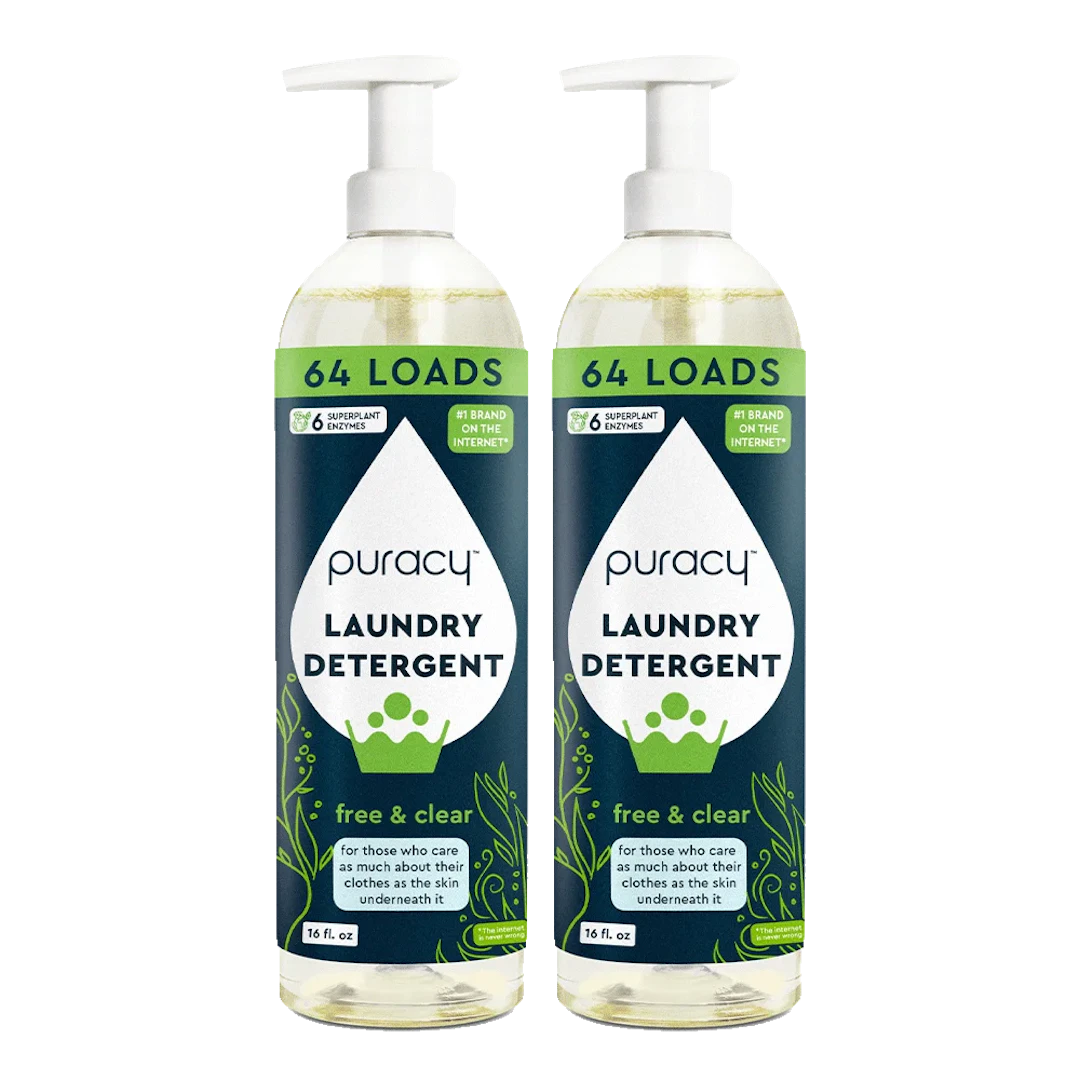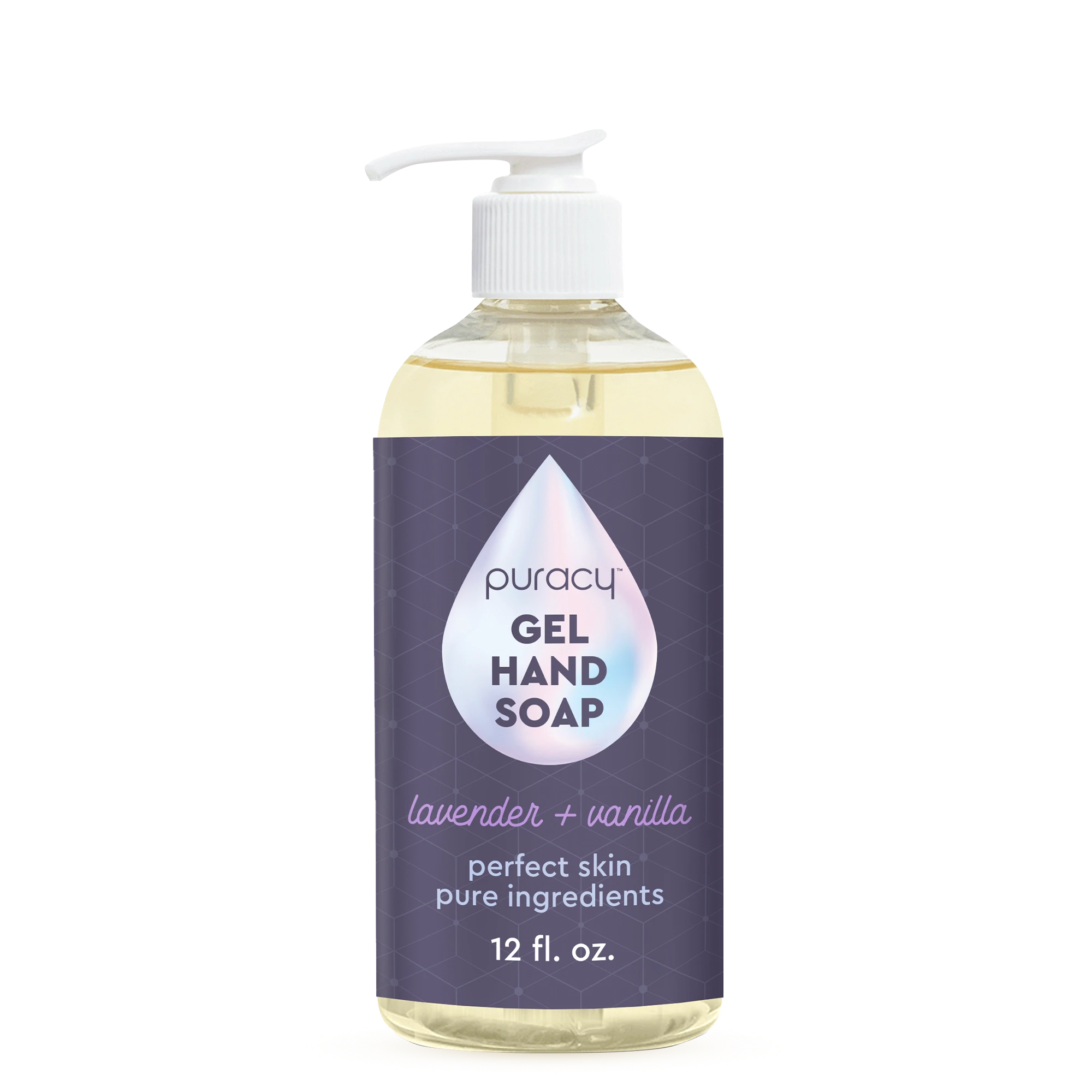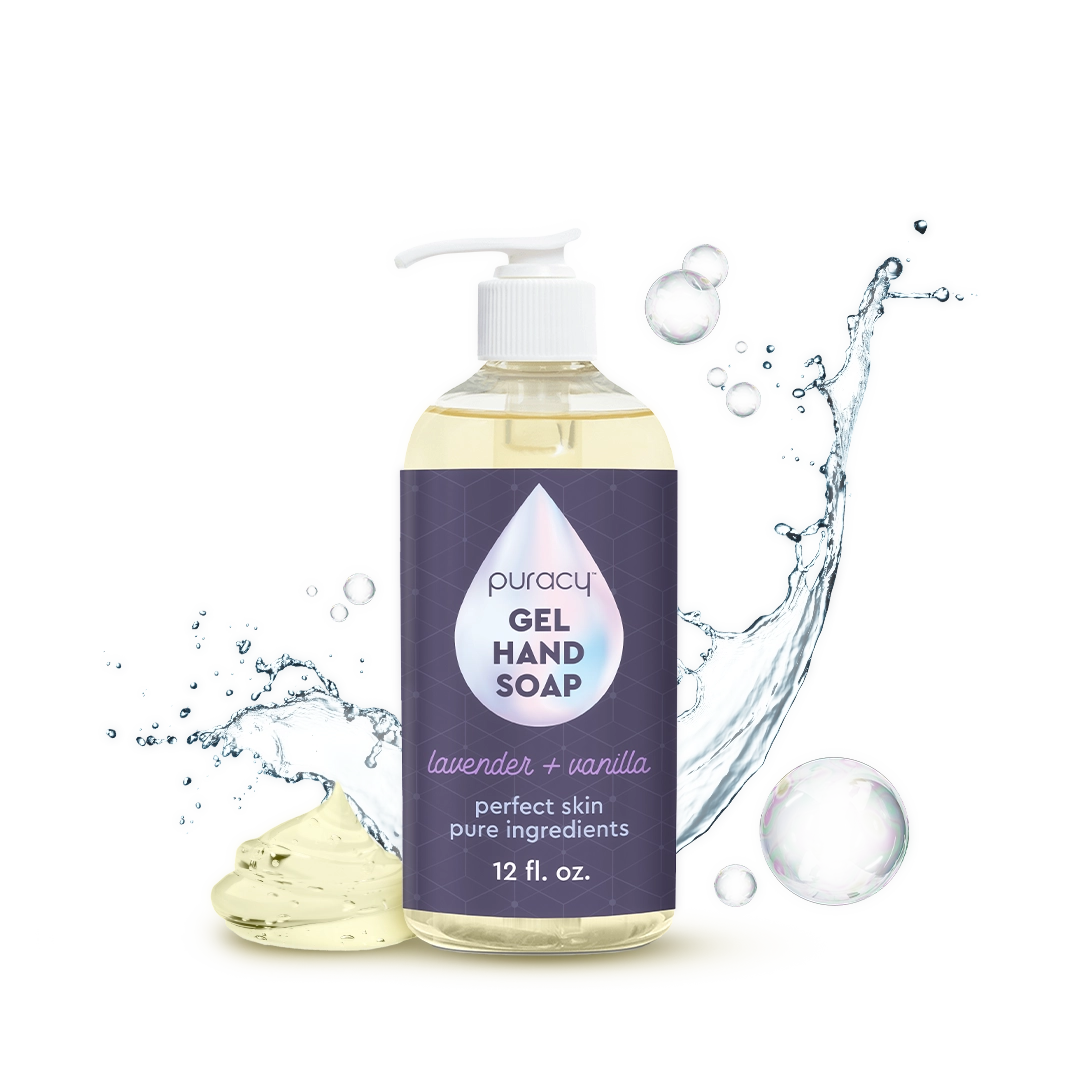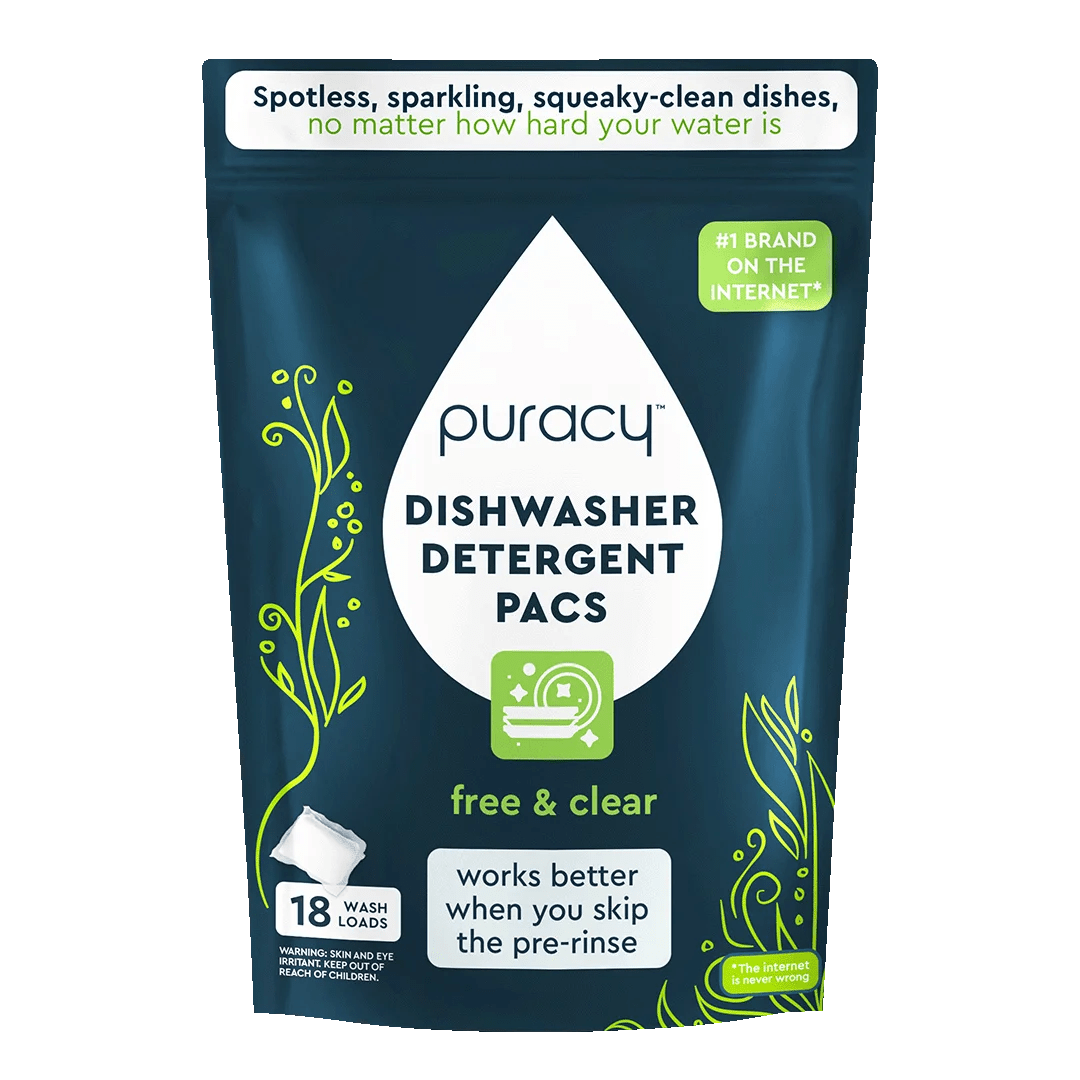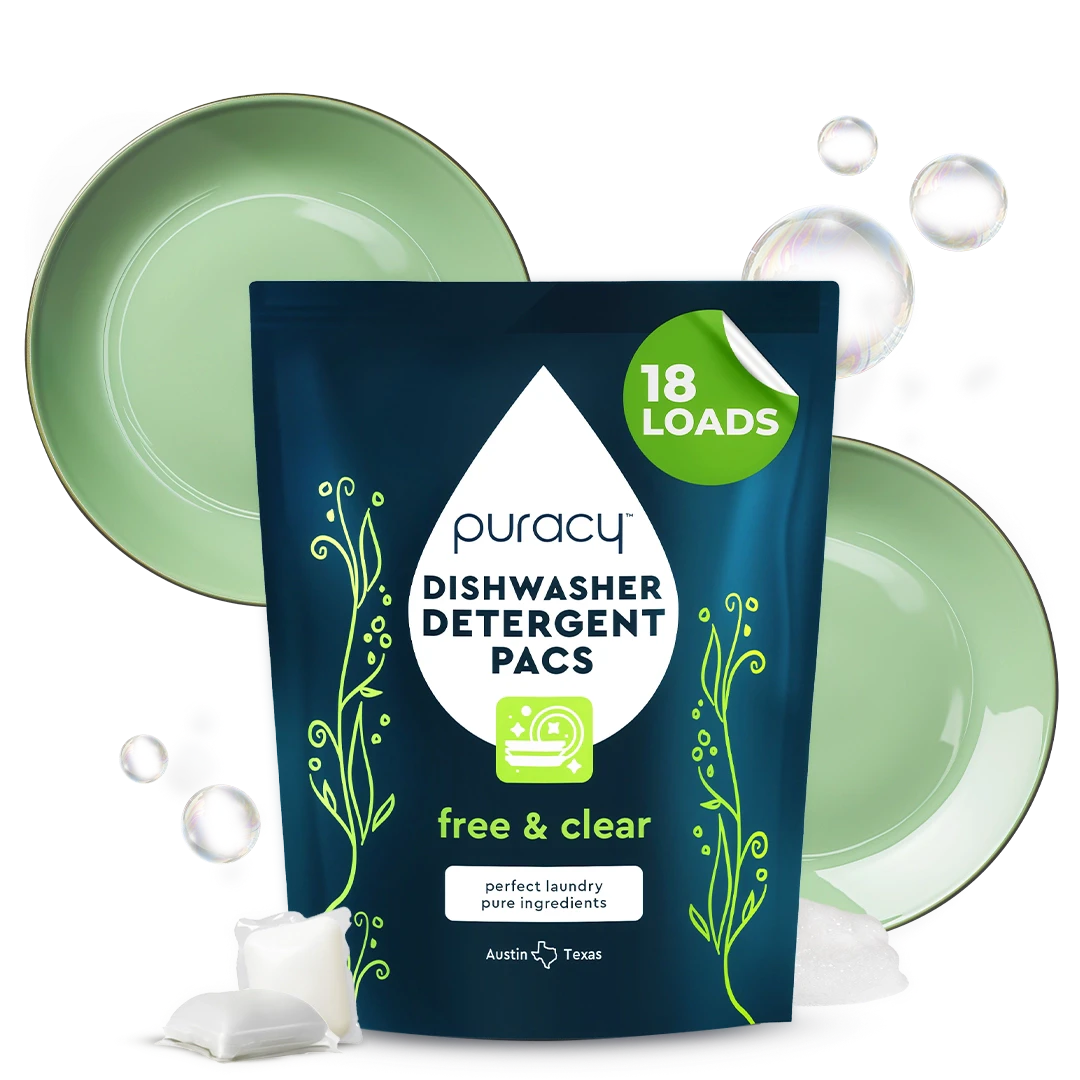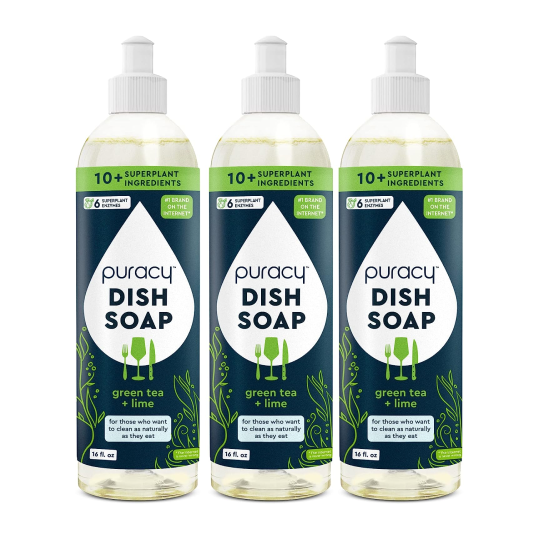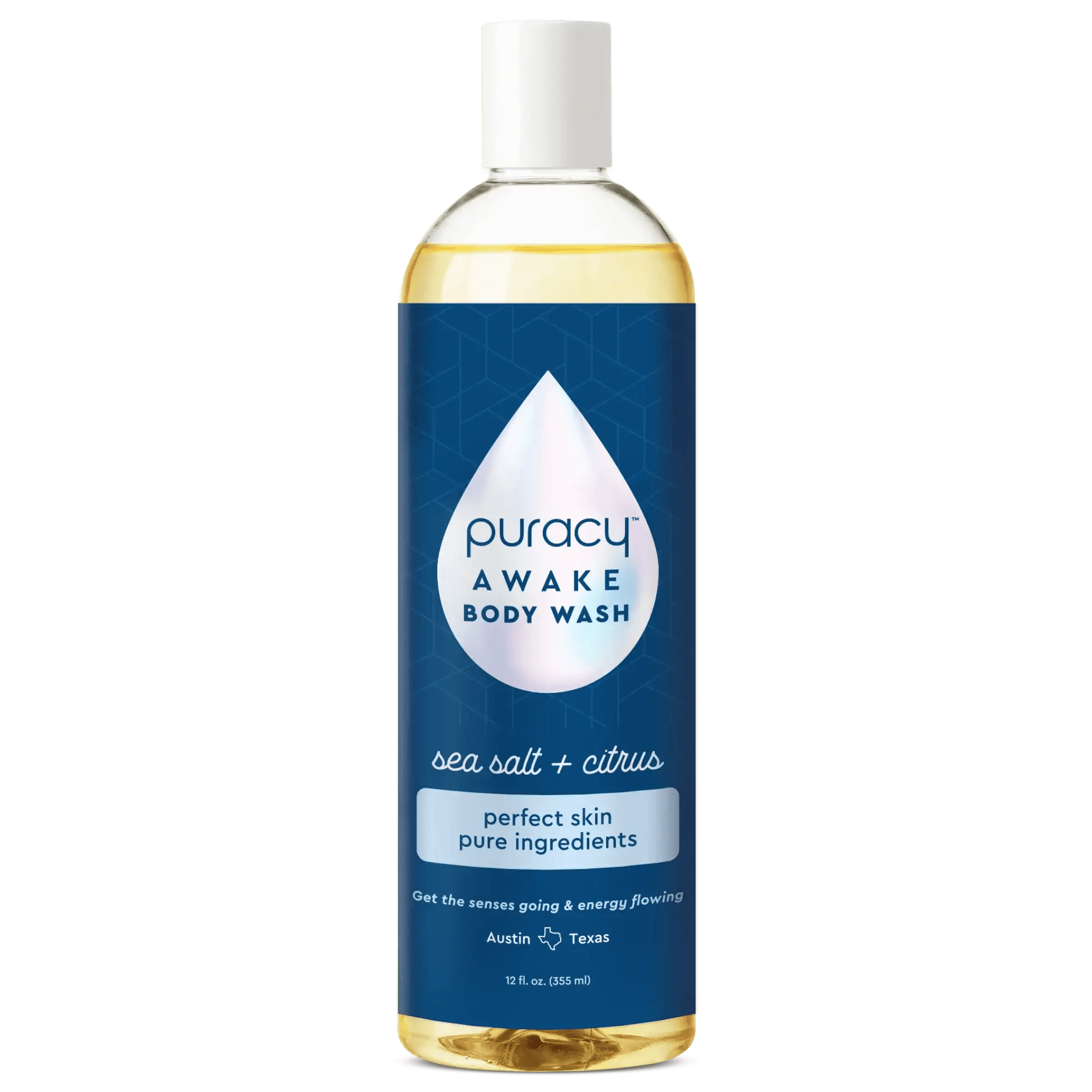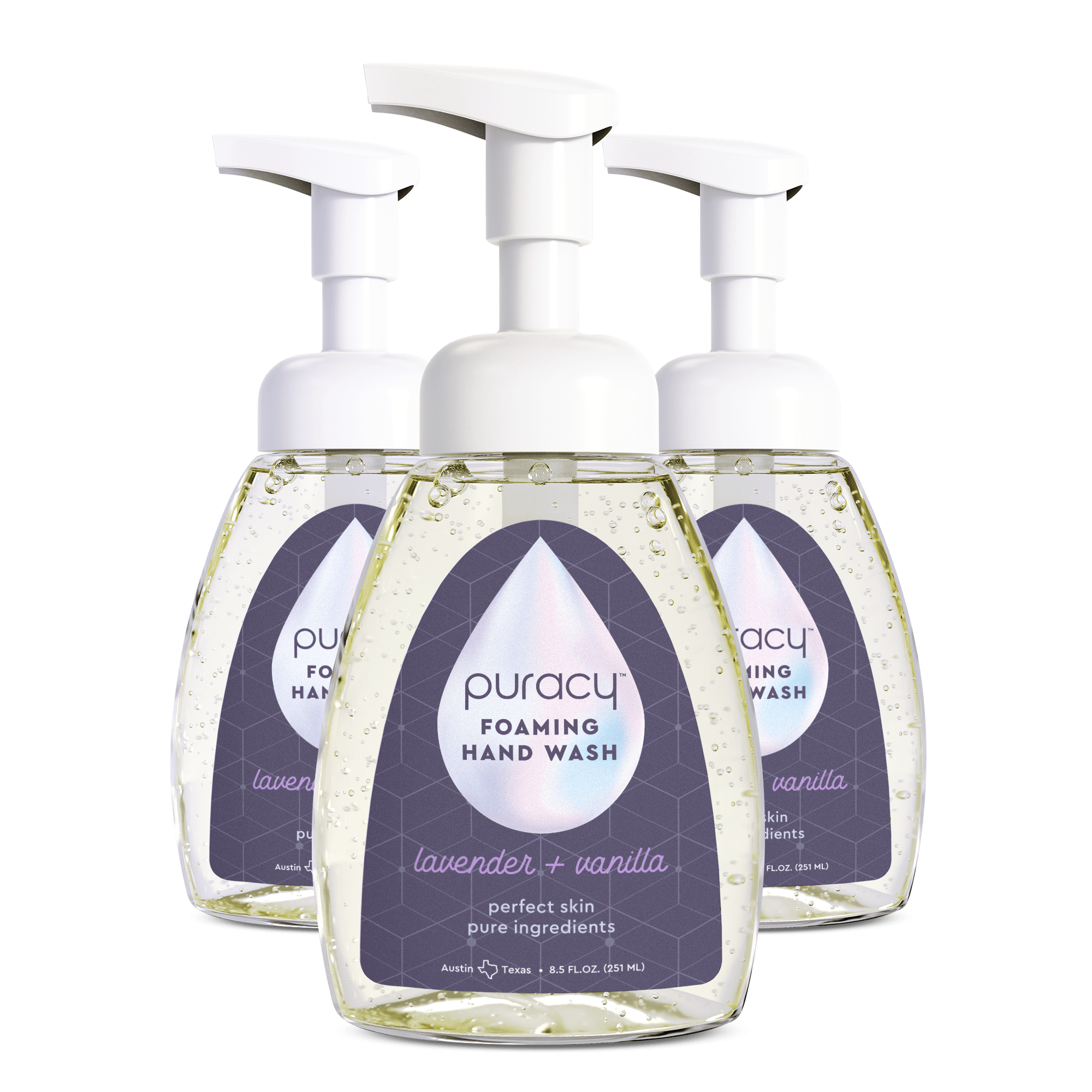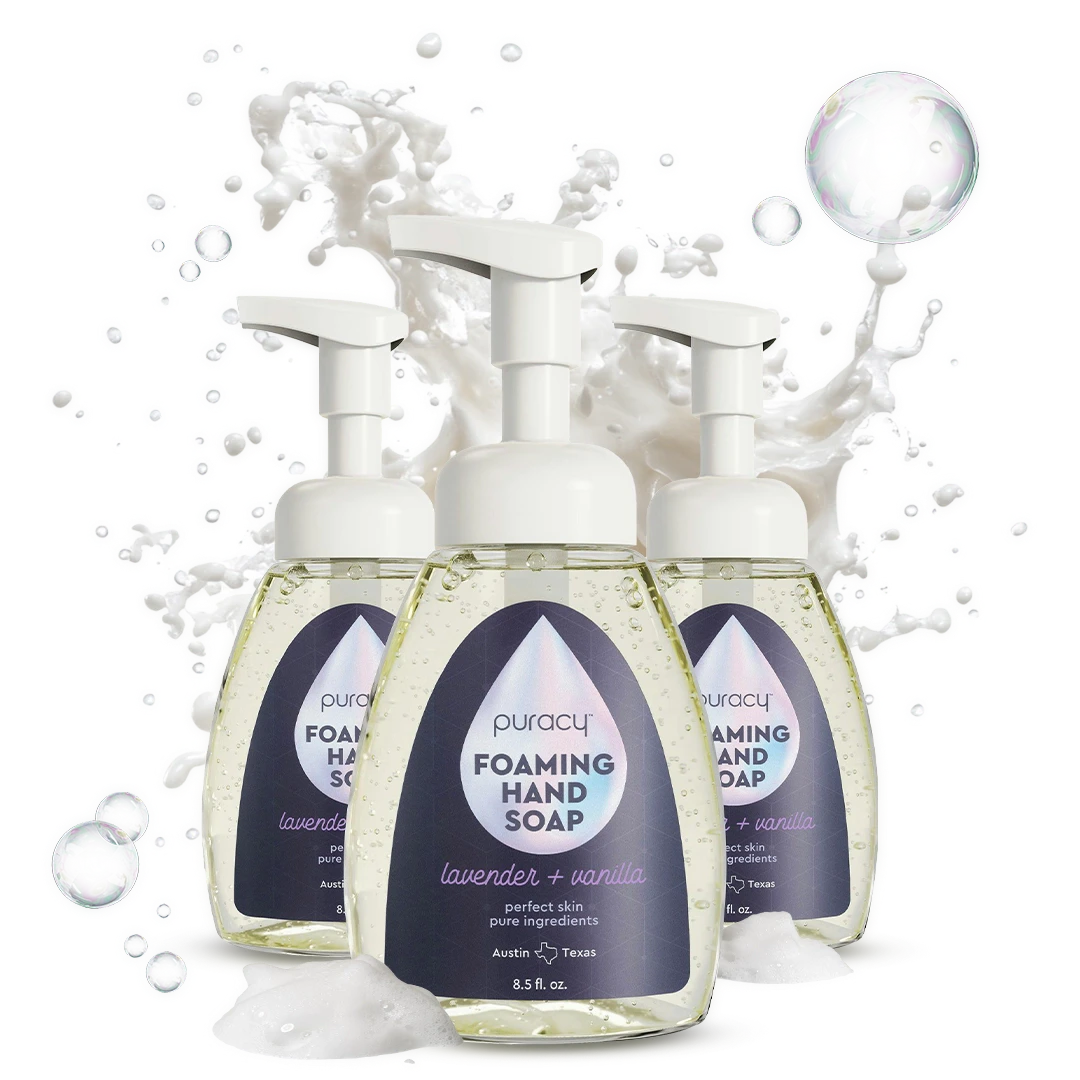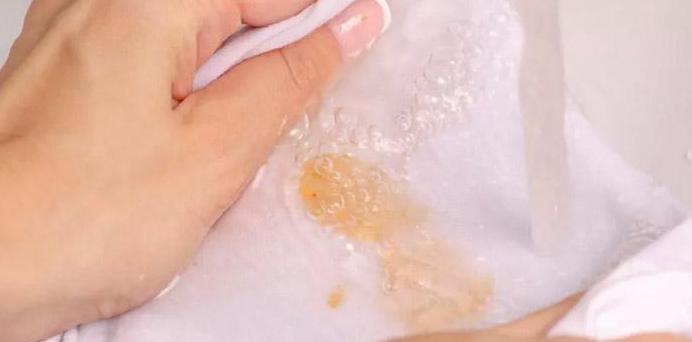
How to Thoroughly Clean a Mattress
Need to deep clean a mattress? Not to worry! You'll sleep easier with our tips on removing stains and the natural mattress cleaner that'll get the job done!
Your mattress sees a lot in its lifetime. But no matter how often you wash bedding, elements like sweat, dead skin cells, stains, and dust mites really pile up.
Since we spend about ⅓ of our lives in bed, learning how to deep clean your mattress will help you rest easier. Literally.
How to Clean Mattress Stains

If you didn’t invest in a waterproof mattress protector – which we highly, highly recommend – you might be dealing with stains like coffee, food, urine, blood, or sweat. Whatever causes them, no one wants to clean mattress stains. That's why we've made this process as straightforward as possible.
What You’ll Need:
Spoon or spatula
Vacuum with upholstery attachment
Steps:
1. If it’s thick enough, lift excess away using a spoon or spatula. Don’t apply any pressure or you’ll push the excess into your mattress (which will make it harder to clean).
2, If there is a strong or lingering odor, sprinkle a layer of baking soda directly on top of the mattress and let it sit for up to 12 hours.
3. Using a clean, dry microfiber cloth, blot fresh stains until your cloth no longer picks up the stain color. If your stain is sticky or dark, use a slightly damp cloth before getting down to business.
4. Apply the stain remover and let it sit for at least 15 minutes. However, the longer you leave it, the better it will work. So if you’re dealing with a particularly tough mark – and have another bed to sleep on – leave the solution on your mattress overnight.
Pro tip: Alternatively, you can also tackle stains using a mixture of hydrogen peroxide, dish soap, and water. Once sprayed, let it sit for up to 20 minutes before blotting the area to dry.
5. We don’t recommend rinsing your mattress with water. We recommend using carpet cleaner on a mattress to remove the stain remover (and the stain). Be sure to follow all manufacturer labels and their instructions carefully.
Pro tip: If you’re aiming for a deeper clean, we recommend using a steam cleaner on mattresses. They use a minimal amount of water and still kill dust mites effectively (no products necessary!)
6. Using a clean, dry microfiber cloth, remove any excess moisture by blotting the surface of your mattress. Leave your mattress uncovered for several hours before making your bed.
7. Use the upholstery attachment on your vacuum and vacuum in straight lines horizontally.
8. Wash bedding, including bed sheets, mattress cover, pillow cases before returning them to the mattress. Be sure to also flip your mattress and thoroughly dust the bedframe.
9. Use multi-surface cleaner to clean ad dust your bedframe. If you have a fabric bedframe, you can use an enzyme-based stain remover and launder it according to its fabric care instructions.
Frequently Asked Questions

How often do I need to clean my mattress?
You should deep clean your mattress at least twice a year, and every month, you can vacuum the surface and tackle any stains.
How do I sanitize my mattress?
Use a steaming machine to vacuum upholster, as well as sanitize, then once it's dry, use a dust mite vacuum to tackle any unwanted pests.
How to Prolong the Life of Your Mattress

A good mattress is a major investment – make it last as long as possible!
Wash Bedding Regularly
To maintain quality and cleanliness, you’ll need to regularly remove dust mites, dead skin cells, and other grime. Wash your bedding every week and your mattress protector every 1-2 months.
Rotate Your Mattress
When the mattress protector is in the washing machine, rotate the mattress (180º) and suck up any debris with a handheld vacuum attachment.
Invest in Quality Bedding
Sweat can cause major stains on mattresses, so it’s important to choose breathable linens. We’re big fans of how amazingly well eco-bamboo sheets wick moisture.
Clean & Replace Pillows
We often forget about pillow maintenance but they absorb a substantial amount of dust, grime, and oil. This increases your chances of allergic and dermatological issues. Many experts recommend that you replace pillows every two years (though pillow protectors can extend their lifespan). Try to wash:
- Pillow cases each week
- Pillow protectors every 3-4 weeks
- Pillows every 3 months. Down-alternative pillows can be thrown in the washing machine but down feather pillows should be dry cleaned.
Use a Natural Mattress Cleaning Spray That Works

At Puracy, we’re firm believers that plant-based cleaning products are just as effective as their questionable chemical counterparts. That’s why our biodegradable formulas are free of ingredients like phosphates, sulfates, chlorine, synthetic fragrances, bleach, ammonia, and animal by-products. Effective, gentle, and guaranteed. That’s the Puracy promise.
